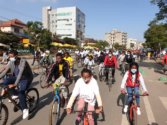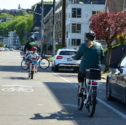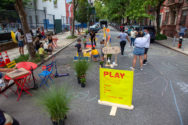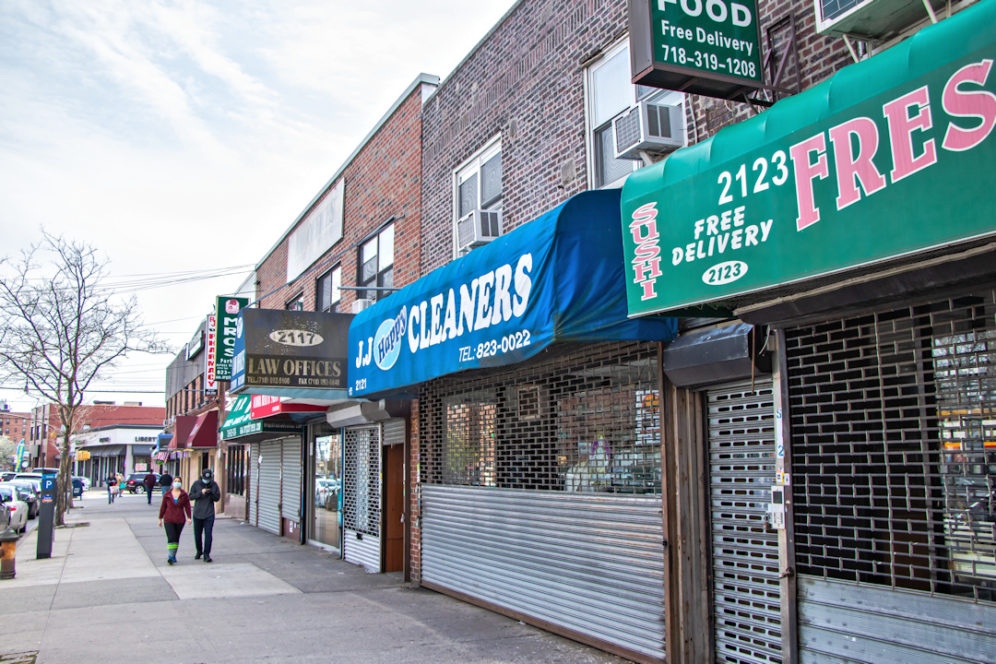
September 25, 2020
Density is Not the Problem: COVID-19 and Cities
September marks six months since New York City imposed it’s PAUSE restrictions which encouraged people to stay indoors as much as possible and forced many offices, stores, and restaurants to close. Six months later, New York City, like the rest of the world, is transformed. Still the question remains: can the pandemic be used as a catalyst for positive changes and transformation in cities throughout the world?
Sustainable Changes from COVID
In the sustainable transportation world, one result of the pandemic is the rise in cycling. Not only is there a clear appetite for cycling, with bikes selling out, and increases in cycling traffic up worldwide; but cities have adapted quickly by creating temporary cycle lanes and increasing cycling infrastructure, using the pandemic as a catalyst for change. Many of these temporary changes can, and should, be made permanent.
Walking has taken on new significance. Many in lockdown found their daily walks to be a moment of solitude and a safe way to exercise. With more people walking, cities too, have seen a need to expand pedestrian spaces. In New York City, restaurants are allowed to serve patrons outside and have taken over sidewalks and parking spaces for outdoor seating, a policy that was just made permanent. These changes, showcasing many restaurants’ innovative ways of creating comfortable outdoor seating, are considered major successes. Additionally, New York City has closed down some streets entirely to vehicular traffic, thrilling residents and giving children more space to play outside. In Queens, the 34th Avenue Open Street Project has been touted as a major success, with local politicians pushing for it to remain permanently open. Farther downtown, a popup pedestrian place brought people into the street and increased traffic among retail stores. Repurposing streets has been a way of making walking and cycling easier and safer for residents, and people throughout New York have enthusiastically embraced these changes, realizing how much these spaces can be transformed when cars are excluded. Like many other tactical urbanism interventions, the temporary street changes implemented in response to COVID-19, have demonstrated to people what transformations are possible.
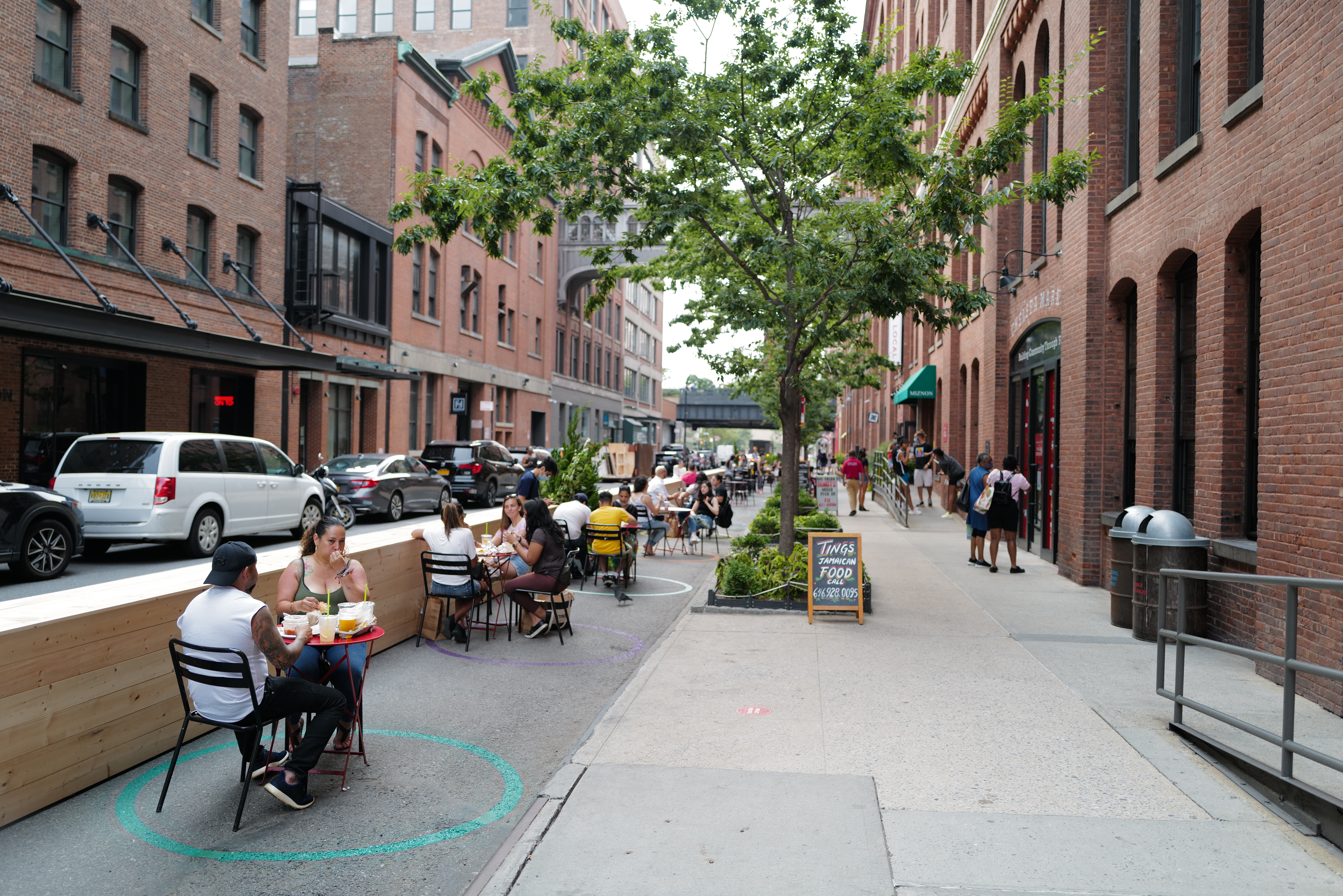
One important feature of making cycling and walking appealing and possible is to have well designed density. Urban sprawl, where people’s homes are very far from places people wish to travel, does not support any easy transition to walking and cycling, as the distances are too great.
The Case for Density
In the early days of the pandemic’s reach in North America, New York City was a major hotspot. The country looked on while New York ground to a halt, grocery stores sold out of food, and people sheltered indoors while a refrain of ambulance sirens blared outside. During this suffering, many speculated as to why New York was hit the hardest. There was a flurry of conversation, including this article, that speculated about density being to blame; that New York’s compact design contributed to the high rates of infection and death. Now almost half a year since New York’s surge, its subsequent “flattening of the curve,” and current low rate of infection, along with high rates in less densely populated parts of the country, have demonstrated that density is not the problem.
Many densely populated cities worldwide managed to successfully control the outbreak of coronavirus. For instance, Hong Kong, Singapore, and Seoul, all of which are very densely populated, managed to control the infection rates within their populations. Neither in global cities, nor in New York’s boroughs, does density directly correlate to COVID-19 death and infection rates. In the case of New York City, the highest population density is found in the borough of Manhattan, which had the lowest rate of COVID-19, whereas Queens and the Bronx have lower population densities but had some of the highest rates of infection and death rates. There are many reasons unrelated to density why Manhattan had the lowest COVID-19 rates: people in Manhattan, many of whom are wealthier and had resources, left the city for a period of time to secondary homes or the homes of others. Whereas many in the outer boroughs were essential workers, thus required to travel on crowded public transportation and work during the most infectious period of the pandemic. Density isn’t everything, but in the case of New York City, density is not to blame.
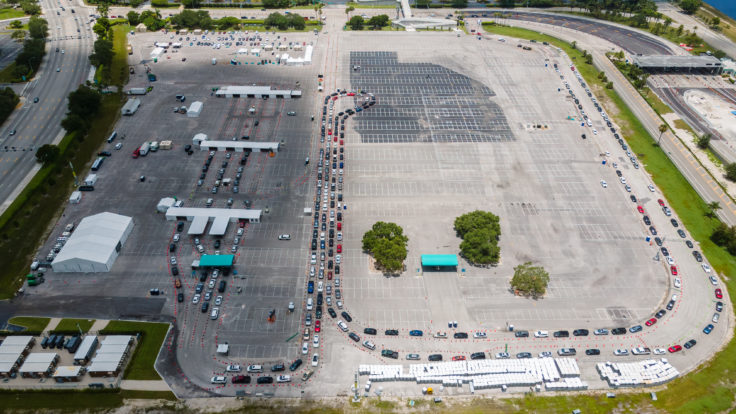
Why then, was density blamed? Many people conflate density with overcrowding. True, in some places densely populated cities are often plagued with overcrowding. However, they are not the same. Density is measured by the number of people living within a particular square kilometer. Overcrowding is having too many people in a home. In the case of COVID-19, having an overcrowded household puts many more people at risk as isolation is difficult or impossible in cramped living conditions.
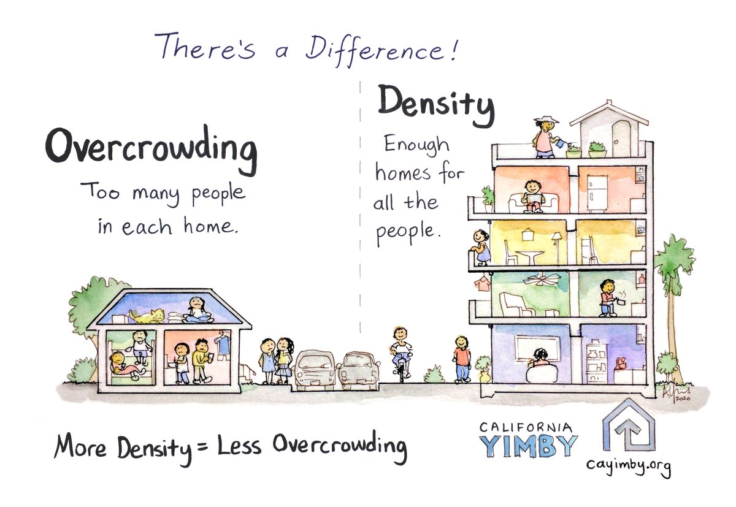
The fact that density is viewed as a contributing factor to the spread of the virus, remains frustrating for many urban planners who see density as the key to more sustainable and healthy cities. The difference lies in the infrastructure and management. ITDP hosted a webinar on Density that discussed the difference between planned and unplanned density. Neighborhoods that develop without government infrastructure or planning tend to be plagued with problems brought on by the lack of critical infrastructure like lack of running water or electricity. Informal settlements are often overcrowded and lack the necessary infrastructure for density to function well, these issues are further exacerbated by a respiratory pandemic that requires hand washing and physical distancing. Density, with appropriate planning, can be a huge benefit for people.
In ITDP’s upcoming tool, Pedestrians First, urban planners and others will be able to see the benefits of density and how to best measure them. Well planned density provides a way forward after the pandemic. For instance, people living within walking distance of healthcare or places of work, benefit from this proximity by not having to rely on cars to reach essential services. Density should be part of the planning moving forward. Cities are recognizing how versatile streets can be. A street can, and should, be used for more than car movement and storage. Complete streets, planned infrastructure are positive for residents. When there is less density, people are often forced to live farther from their places of work and thus have to spend more time commuting. Commuting for hours also encourages people to drive cars, which in turn adds to more cars on the road and increases traffic. In this situation, less density does very little to support or improve the quality of life for anyone.
In times of COVID, the density of Manhattan has provided many benefits to me. Not only am I a 20-minute walk from three large parks (including Central Park), but I can walk to multiple grocery stores and health clinics. I can walk to rapid testing, stop at the pharmacy and grocery store on my way home. With hope, cities will see the ways that their response to the outbreak has made life better for residents – from more space to walk and cycle to adapting streets to be used by more than just cars – the density that was otherwise considered detrimental to the pandemic has proven a boon for the recovery.



